The “National Defense and Security Cultural Village” in Hoa Binh Province is a typical example of the effectiveness of building models. Over the past 16 years, through the implementation of the model, officers and soldiers of the Hoa Binh Provincial Armed Forces have coordinated to build 38 “National Defense and Security Cultural Villages” with thousands of households receiving support for crops and livestock to develop the economy; more than 60 houses and nearly 3,500 barns have been repaired and renovated for poor households; dozens of kilometers of rural roads have been concreted...
Thereby helping remote villages, remote areas, and ethnic minority areas gradually "change their skin"; the rate of poor and hungry households has continuously decreased over the years, people's lives have been constantly improved; electricity systems, roads, schools, and stations have been increasingly built new, spacious, and modern. This result directly contributes to strengthening the solidarity between the army and the people, building an increasingly solid "people's hearts" position in the province's defense area.
Sharing the secret to "nurturing" the model to operate effectively continuously for a long time, Colonel Trieu Kim Thang, Political Commissar of the Military Command of Hoa Binh province, said: "Before implementing, the Military Command of the province surveyed the current situation and implemented the model with 4 basic goals: Warm and prosperous villages, no more hunger and poverty; clean roads, beautiful alleys, no epidemics; harmonious families, filial children; happy villages. The identified goals meet the urgent needs and aspirations of the people, along with the participation of local authorities and sectors, especially the core role of the armed forces, which helped the model to be effective right from the first year of implementation, and then spread more and more to this day."
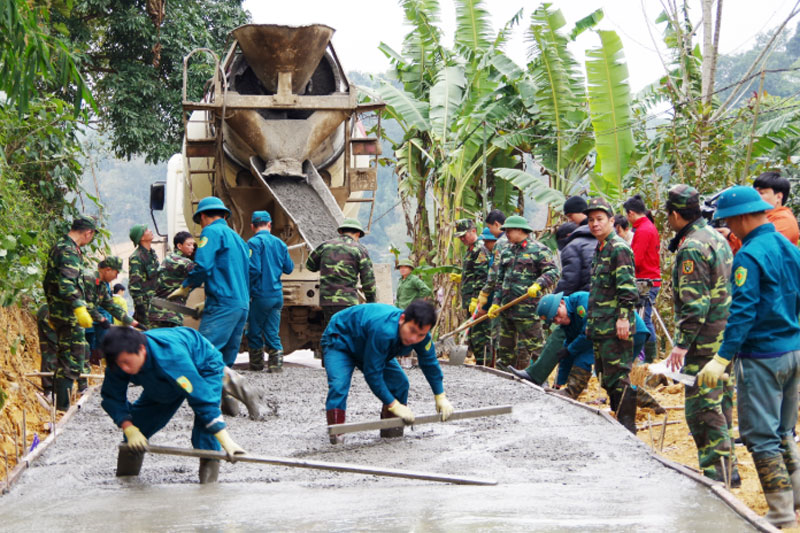 |
| Officers and soldiers of the Hoa Binh Provincial Military Command help people build concrete roads at the "National Defense and Security Cultural Village" in Cam hamlet, Doc Lap commune (Hoa Binh city, Hoa Binh province). |
Currently, most units have typical and distinctive models, contributing to improving the quality of training, combat readiness, regular construction, discipline training, mass mobilization, policies, and the Army's rear... Each model has its own implementation methods, suitable for the needs and practical conditions of each agency and unit, so it attracts a large number of cadres and soldiers to participate, thereby spreading more and more widely, having long-term vitality, and bringing practical results.
However, besides the models that maintain order and are effectively implemented, there are also many models that sound "catchy" but do not operate regularly. In particular, there are models that are built but do not operate, or operate but only in a formal, half-hearted manner, with very low efficiency. The main reason is that agencies and units do not proactively innovate content and diversify forms when implementing.
In addition, some units copy the model of other units in a rigid and mechanical manner, leading to the determination of the content and form of activities that are not close to the nature of the tasks, characteristics and practical needs of the agency or unit, thus failing to promote the responsibility, strengths and intelligence of officers and soldiers in implementation. Some agencies and units also take on and build too many models, leading to overlap in implementation organization.
Colonel Nguyen Ngoc Bo, Political Commissar of Brigade 405, Military Region 3, further analyzed: “There are women's organizations with only 5 members, or youth unions that only focus on building environmental landscapes but also deploy 3 or 4 models. This leads to the unit not having enough human and material resources to organize and implement. Units should base on the specific situation to unify the selection of appropriate models to deploy, with focus and key points; prioritize important and urgent political tasks, aiming to overcome weak links and solve difficult tasks. Thus, the models will bring more practical results”.
Lieutenant Colonel Tran Kim Trong, Chief of Politics of Division 395, Military Region 3, said that when implementing the model, it is necessary to survey the reality, based on the characteristics of each agency, unit and related factors to develop specific plans and programs, in which it is necessary to clearly identify which forces participate, what form of operation, what work to do, when to implement... Party committees and commanders at all levels, especially political cadres and political agencies, must pay attention to leadership and direction in maintaining the operation of the models; periodically organize preliminary and final reviews, draw lessons, and at the same time, it is necessary to attach responsibility to the collective and individuals in charge of implementation.
Article and photos: NGUYEN TRUONG
---------
Feelings - Suggestions
Stick to political tasks
Implementing the Emulation Movement to Win, in recent years, Regiment 1, Division 324, Military Region 4 has had many effective models and movements such as: "Helping children go to school"; "Pink dream"; "Economic goat herd"... in carrying out mass mobilization work, helping localities build and consolidate political bases, develop economy, culture and society. Implementing a breakthrough in training, political education and legal education, the Regiment has models such as: "One increase, one decrease, three realities"; "One question, one answer each day; one law per week"... creating a strong change in awareness of law enforcement, discipline and professional quality. In order to widely spread the models and emulation movements, the Party Committee and command of Regiment 1 always pay attention to leading, directing and guiding to ensure good quality implementation. However, there are times when the application of the model is not close to the characteristics and tasks of the agency or unit, leading to low efficiency and not fully arousing the creative potential of officers and soldiers.
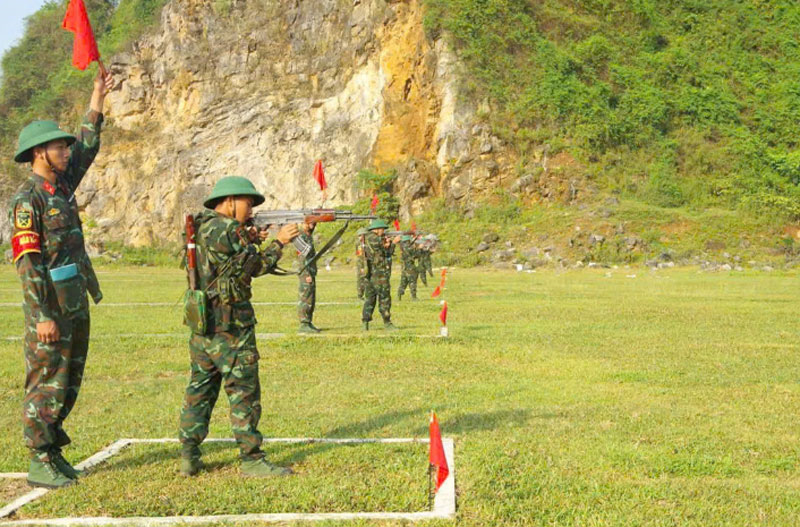 |
| AK submachine gun shooting training lesson 1 for soldiers of Company 5, Battalion 2, Regiment 1, Division 324, Military Region 4. Photo: GIANG DINH |
To thoroughly overcome the limitations and shortcomings, the Party Committee and the command of Regiment 1 focused on leading and directing the implementation of propaganda and education work so that soldiers could deeply understand the position, significance and effectiveness of the models. Guiding agencies and units to apply models and emulation movements to closely follow political tasks, focus on key tasks; focus on thoroughly resolving weak links and weaknesses. Directing close assessment of the effectiveness, quality and applicability of models before widely applying them throughout the Regiment; closely integrating models and emulation movements with major campaigns. From the models and good and effective practices, many outstanding and outstanding collectives and individuals have emerged, encouraging cadres and soldiers to actively strive to fulfill their assigned duties and tasks.
Lieutenant Colonel DANG VAN DANH
(Political Commissar of Regiment 1, Division 324, Military Region 4)
----------
Don't chase after achievements
Radar stations of Radar Regiment 551 (Navy Region 5) are stationed independently and dispersedly. Security work and travel face many difficulties; economic conditions and the lives of people in the stationed areas are still difficult and deprived. Based on that reality, in addition to common movements such as: "The Army joins hands to build new rural areas"; "The Army joins hands for the poor - leaving no one behind"; "Officers and soldiers compete to practice office culture, worthy of Uncle Ho's soldiers"; "The Army's logistics sector follows Uncle Ho's teachings"... we also built a number of separate models, close to the reality of the stationed areas such as: "Each radar station is associated with a charity address"; "Drops of love"; "The Navy sponsors fishermen's children". Implementing the models, over the past 5 years, the Regiment has donated nearly 8 tons of rice, more than 500m3 of fresh water and hundreds of gifts to policy families, poor households and poor but studious students... The Regiment is evaluated by the Command of Naval Region 5 as a bright spot in implementing mass mobilization work.
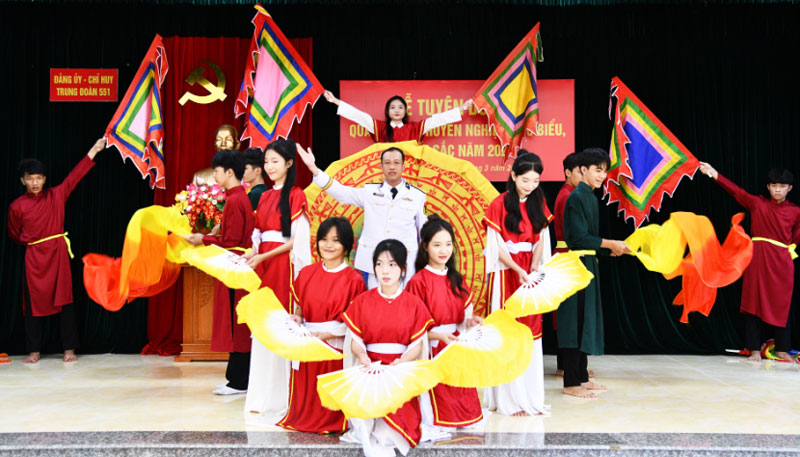 |
| Soldiers of Radar Regiment 551 exchange art performances with their sister unit. Photo: BAO NGOC |
I think that the success of these models comes from many factors, first of all the leadership and direction of the Party Committees and commanders at all levels. Party Committees, commanders, especially the cadres in charge must be dedicated, have a strong determination in building the unit and the area; know how to promote the combined strength of forces and means, dare to think, dare to do, dare to take responsibility, and not be afraid of difficulties and hardships. Reality shows that there are models that are suitable for one unit but not suitable for another. Therefore, before applying and deploying the model for a unit, it is necessary to survey and grasp the practical situation, avoid widespread application, stereotypes, and chasing after achievements. The implementation process must promptly detect shortcomings and limitations to resolve, supplement, and adjust accordingly.
Colonel DANG TRONG SON
(Deputy Political Commissar of Radar Regiment 551, Naval Region 5)
*Please visit the National Defense and Security section to see related news and articles.
Source: https://www.qdnd.vn/quoc-phong-an-ninh/xay-dung-quan-doi/tha-it-ma-hieu-qua-826925



![[Photo] President Luong Cuong presided over the welcoming ceremony and held talks with Sri Lankan President Anura Kumara Dissanayaka](https://vstatic.vietnam.vn/vietnam/resource/IMAGE/2025/5/5/bbb34e48c0194f2e81f59748df3f21c7)

![[Photo] President Luong Cuong and Sri Lankan President Anura Kumara Dissanayaka visit President Ho Chi Minh relic site](https://vstatic.vietnam.vn/vietnam/resource/IMAGE/2025/5/5/0ff75a6ffec545cf8f9538e2c1f7f87a)


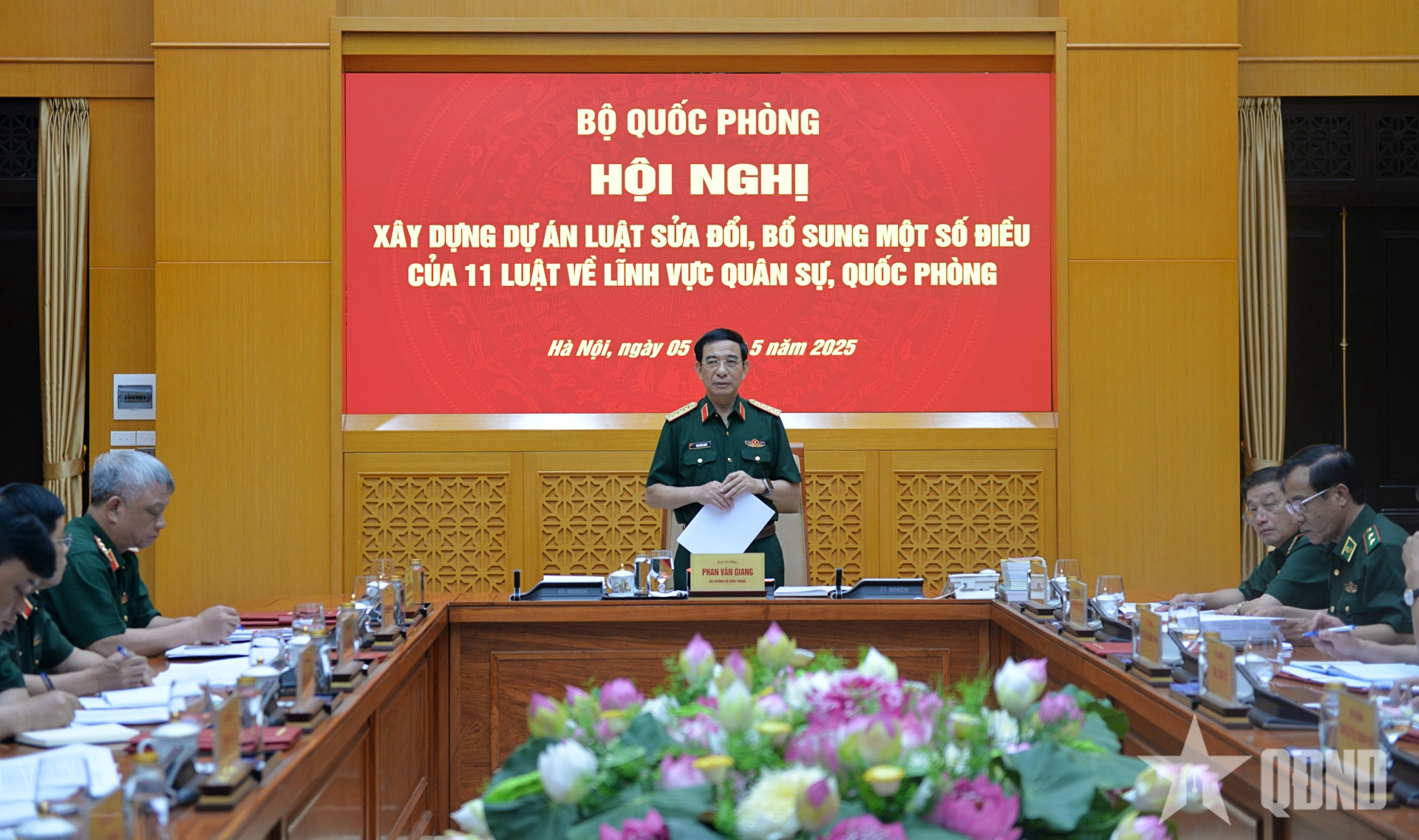
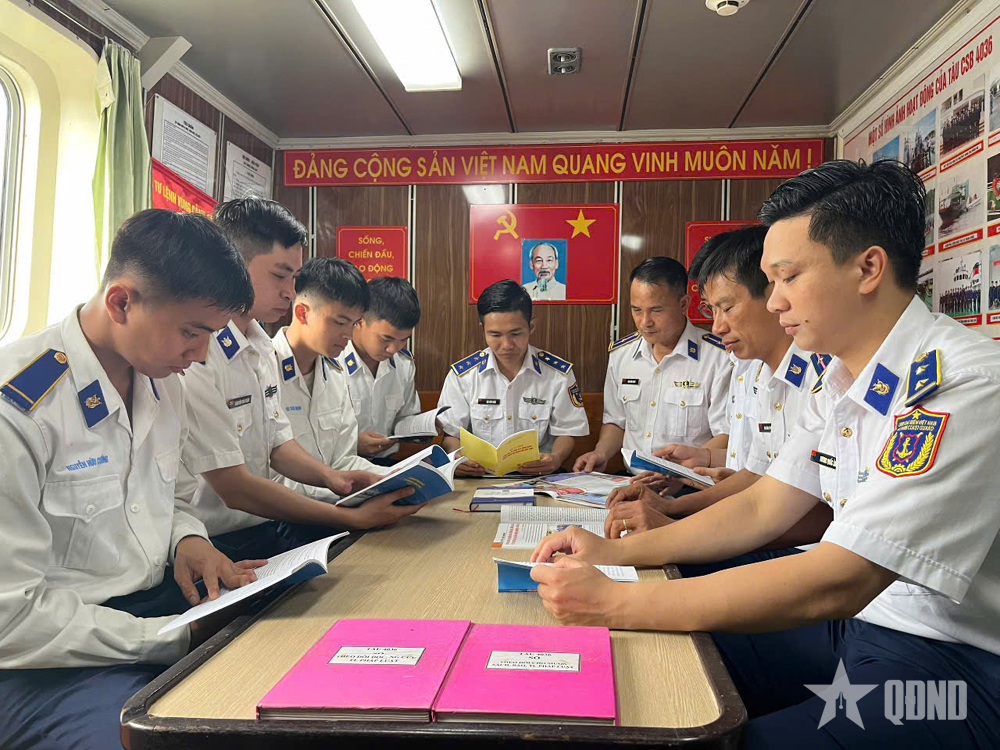
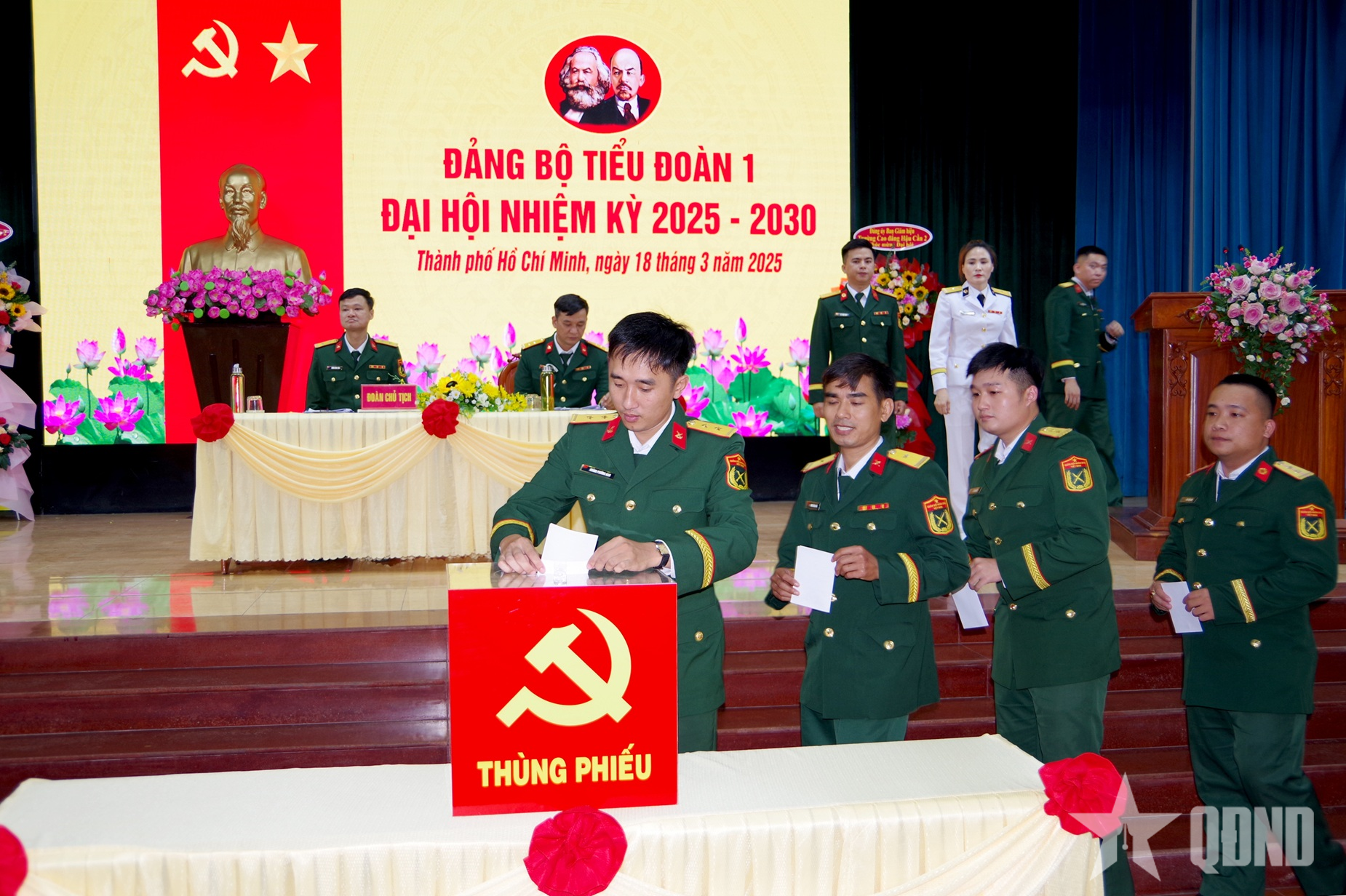
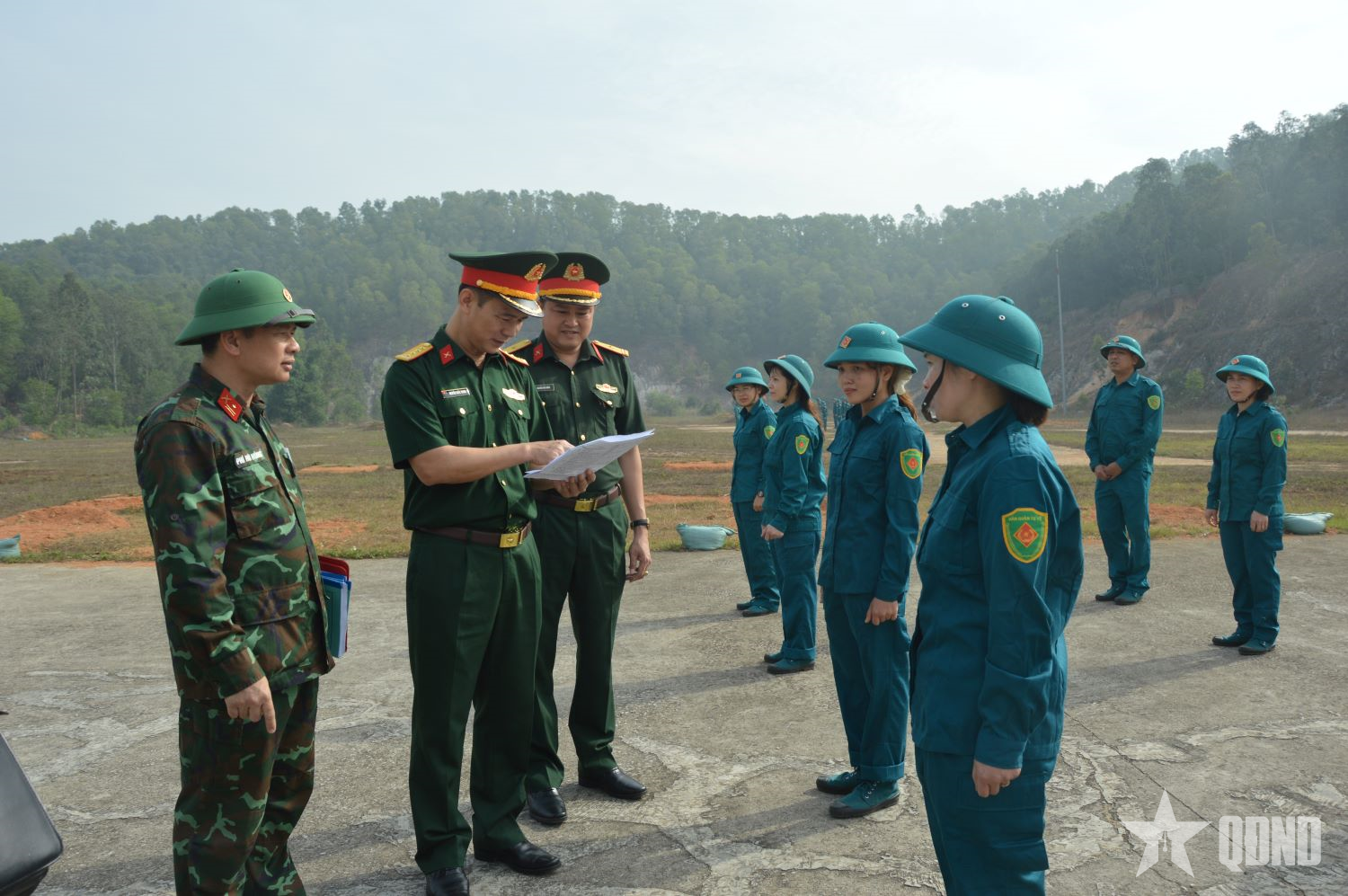
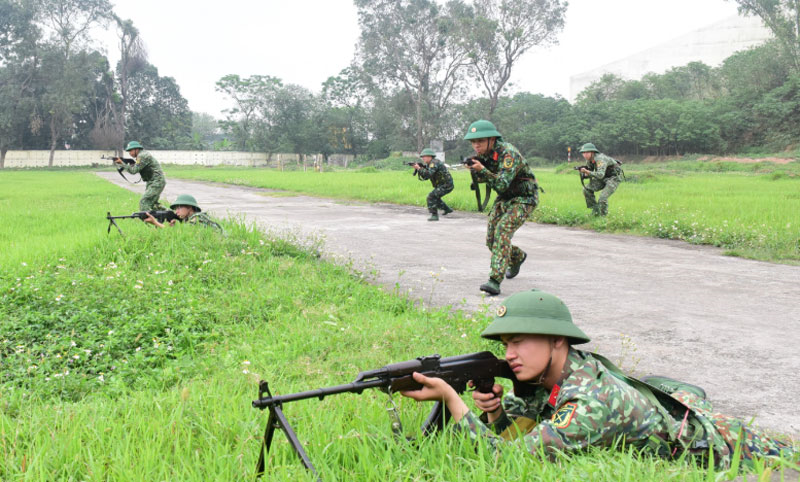
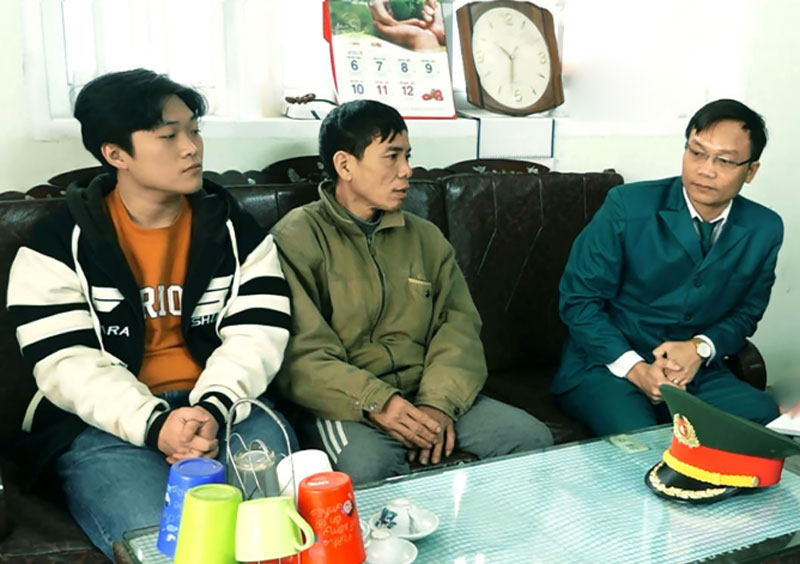



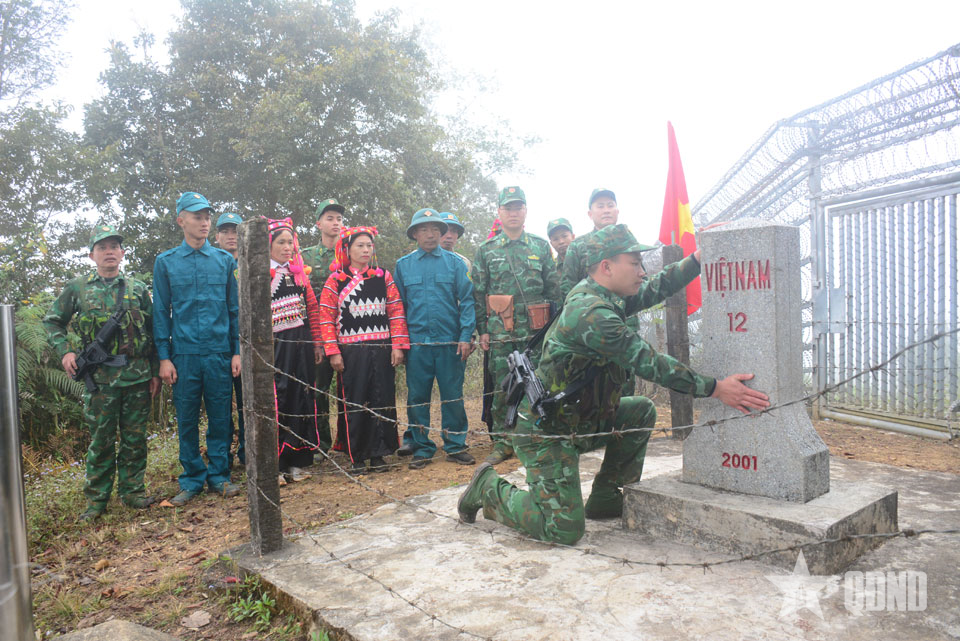
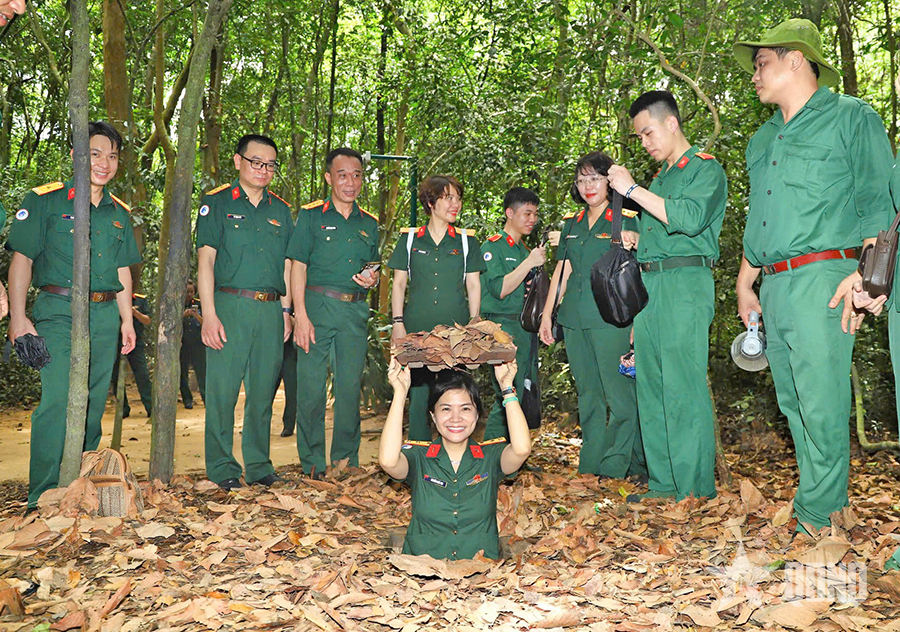
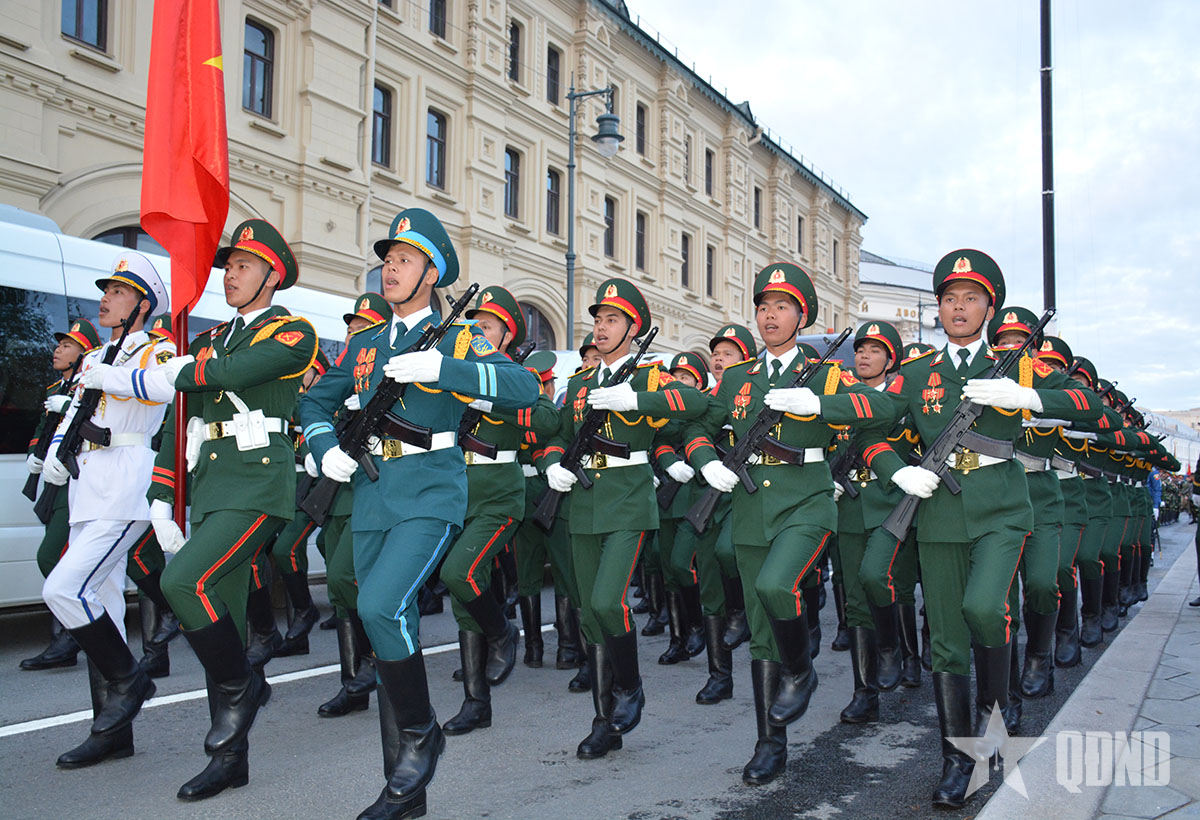
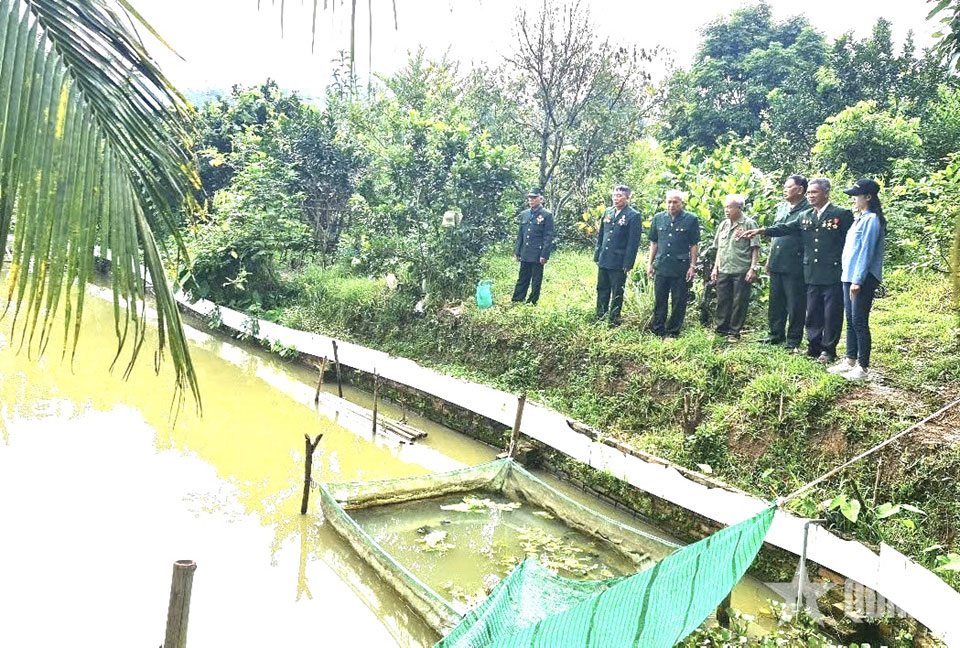
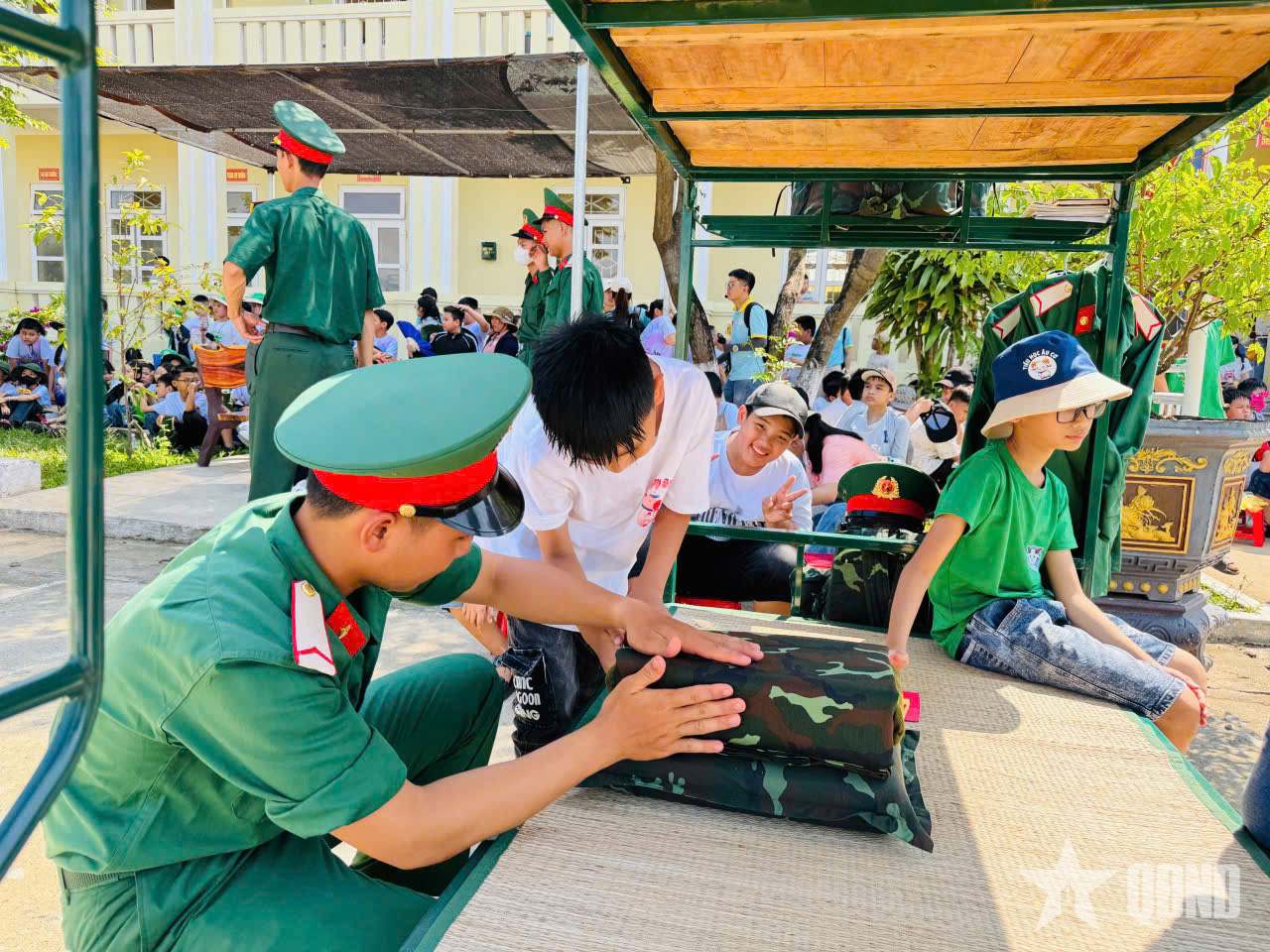
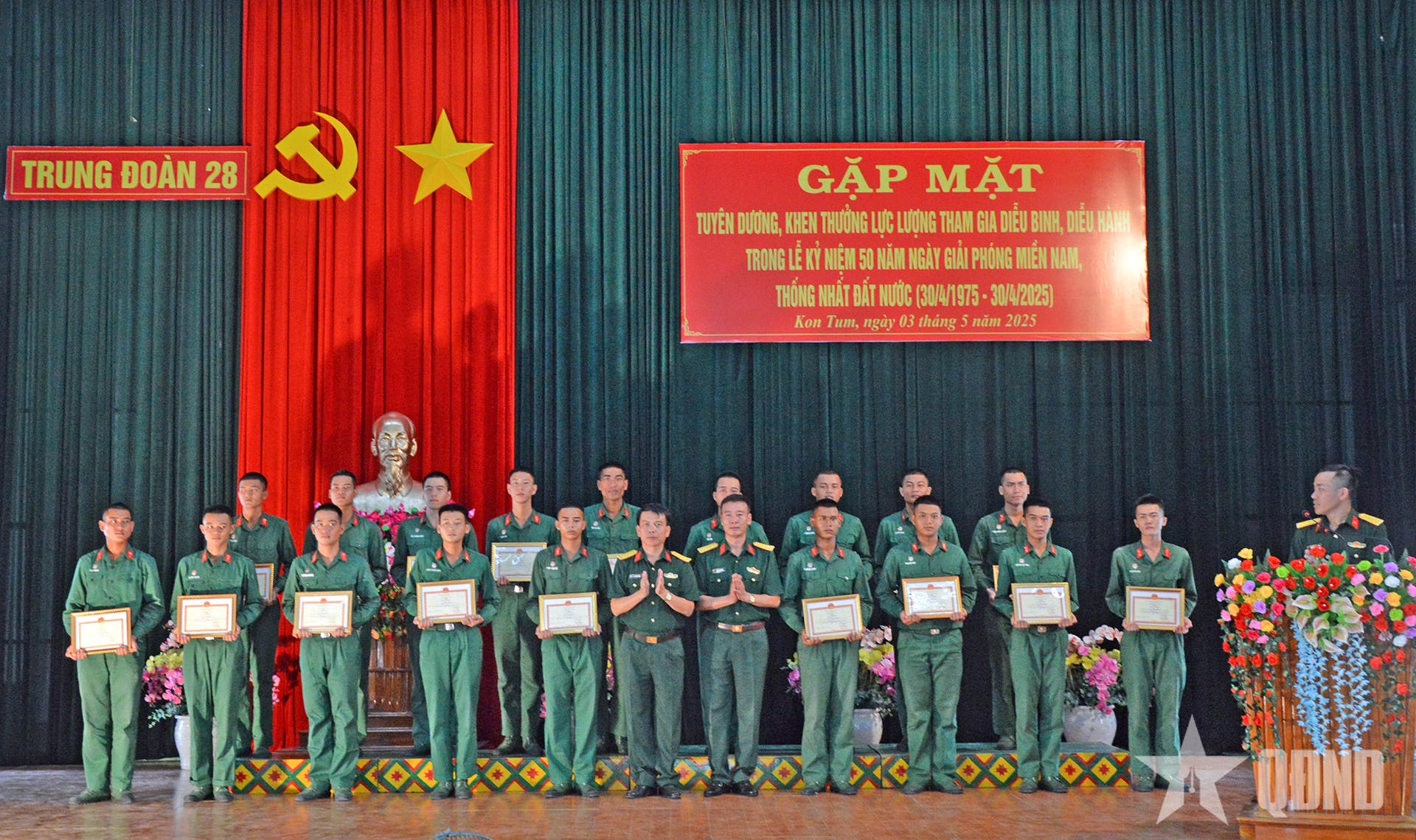
![[Photo] Solemn opening of the 9th Session, 15th National Assembly](https://vstatic.vietnam.vn/vietnam/resource/IMAGE/2025/5/5/ad3b9de4debc46efb4a0e04db0295ad8)
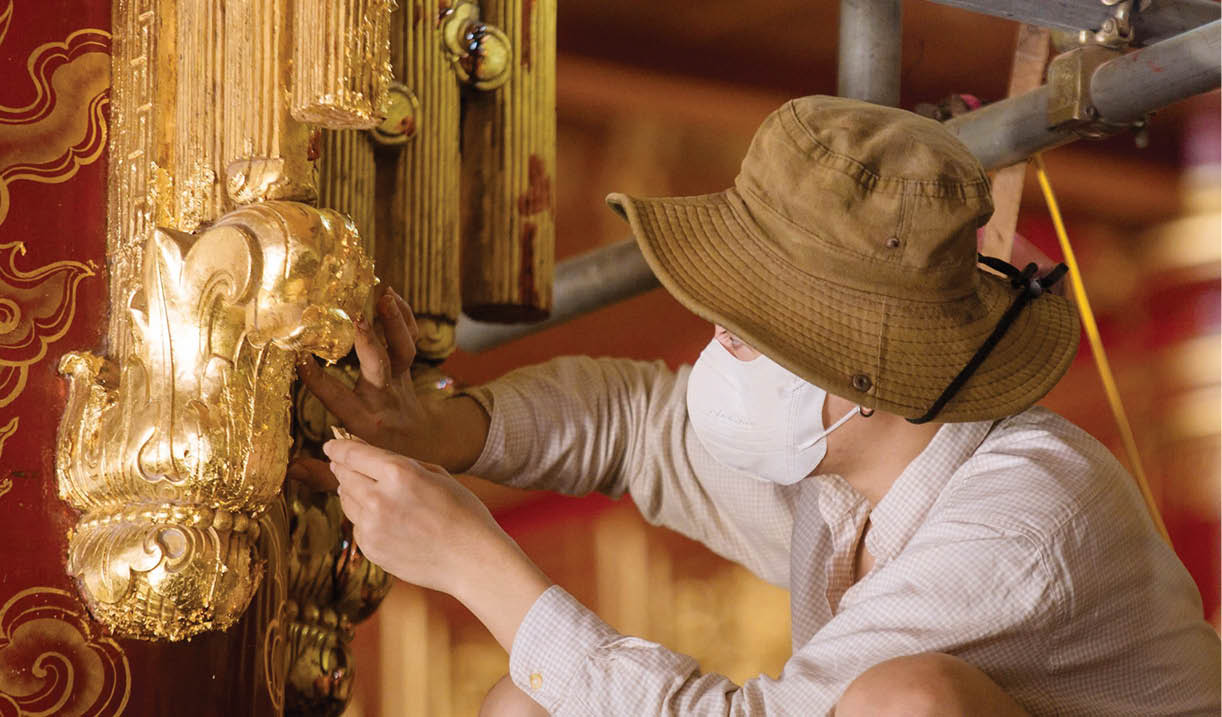





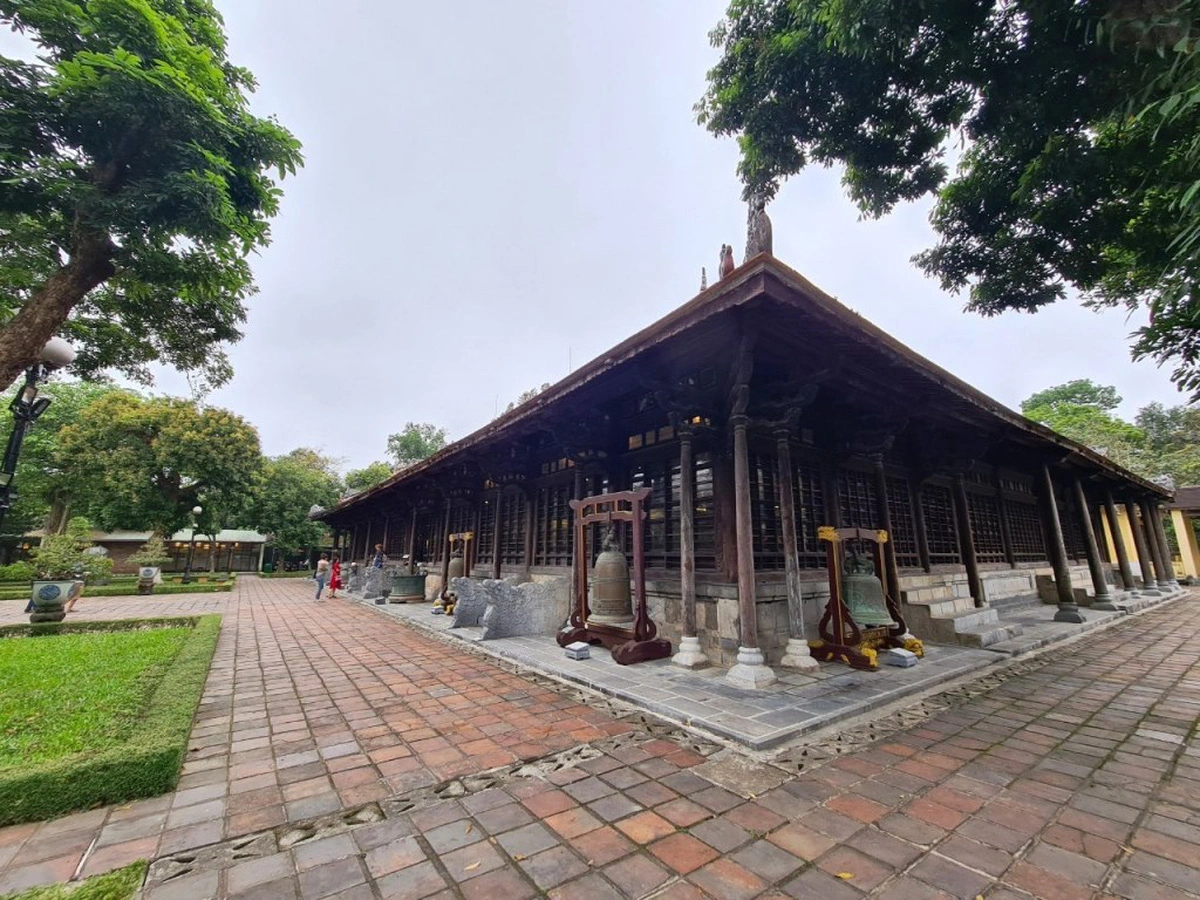









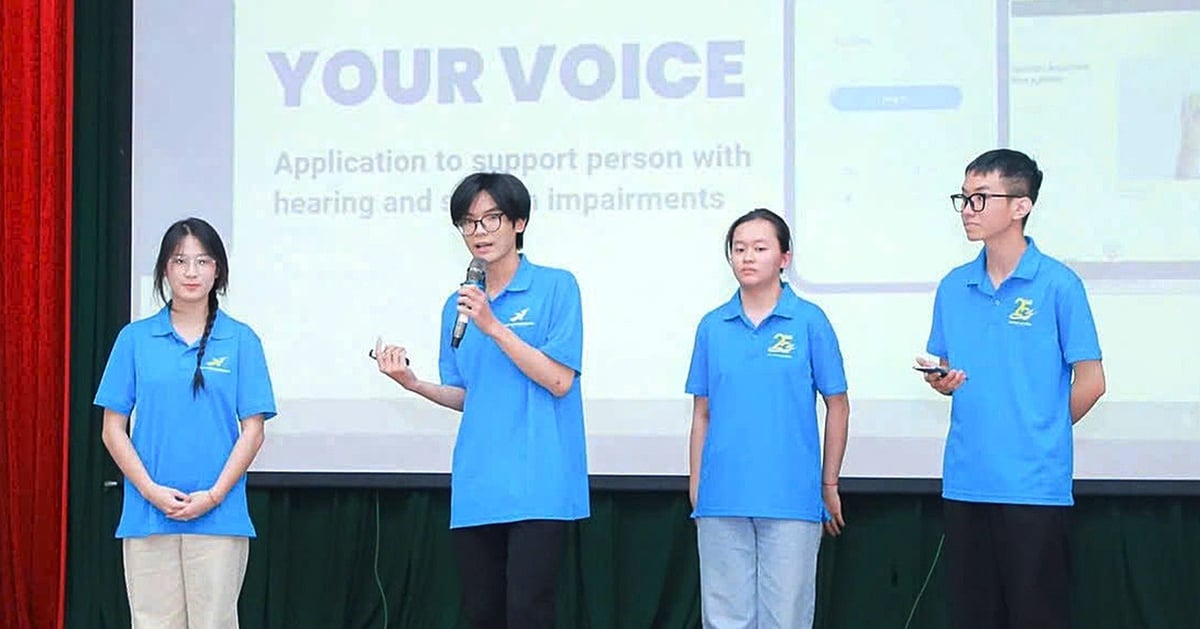







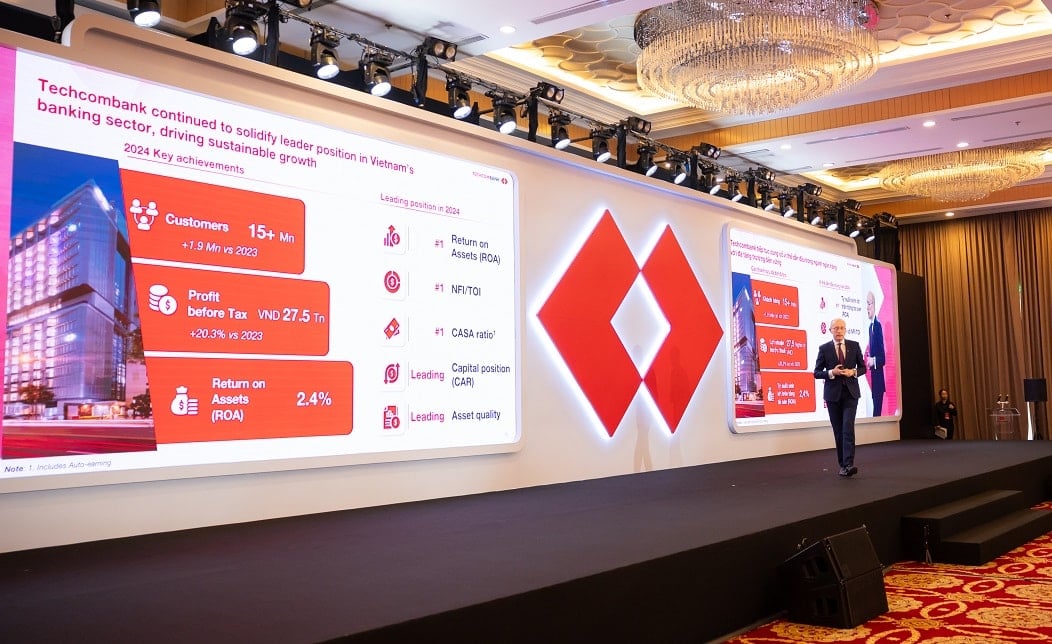









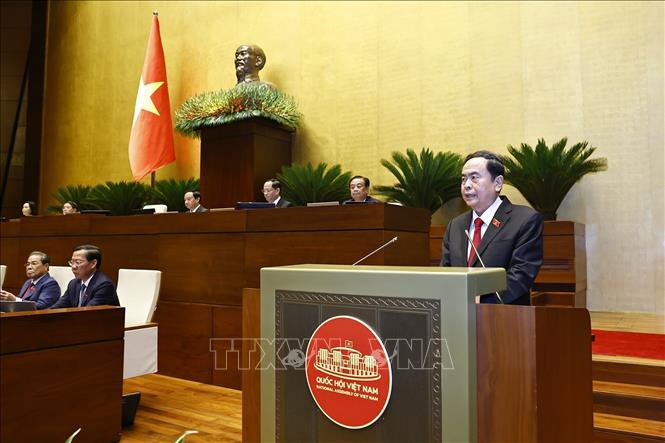






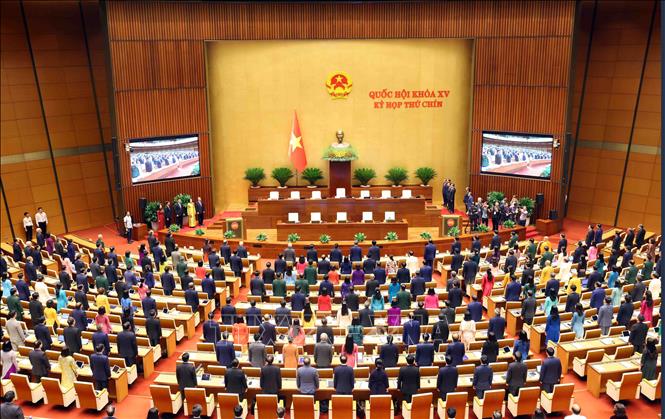










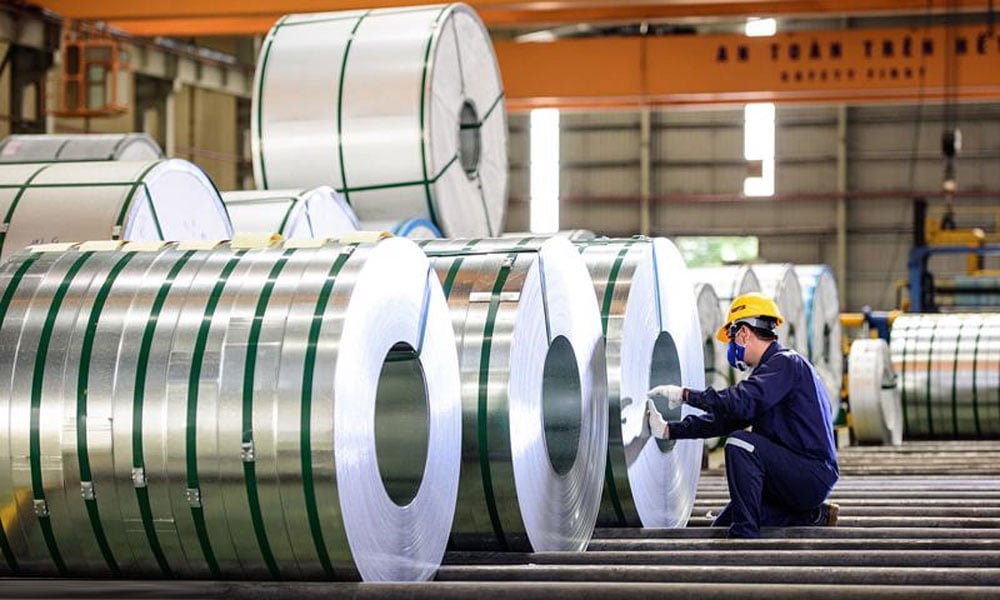


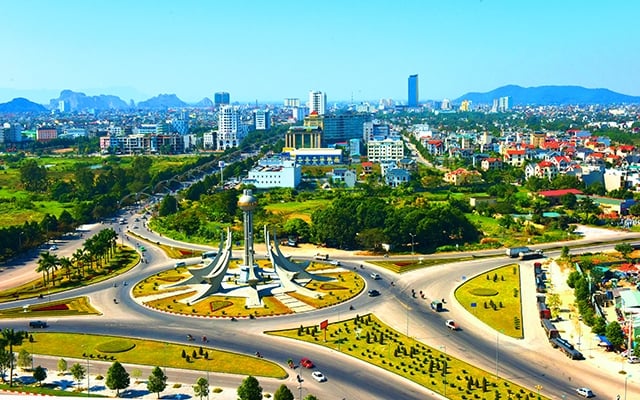






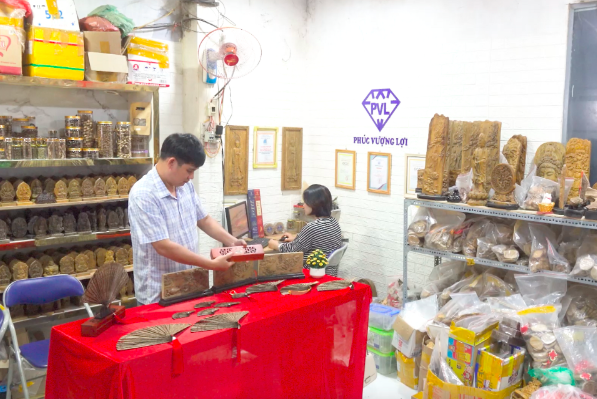


Comment (0)